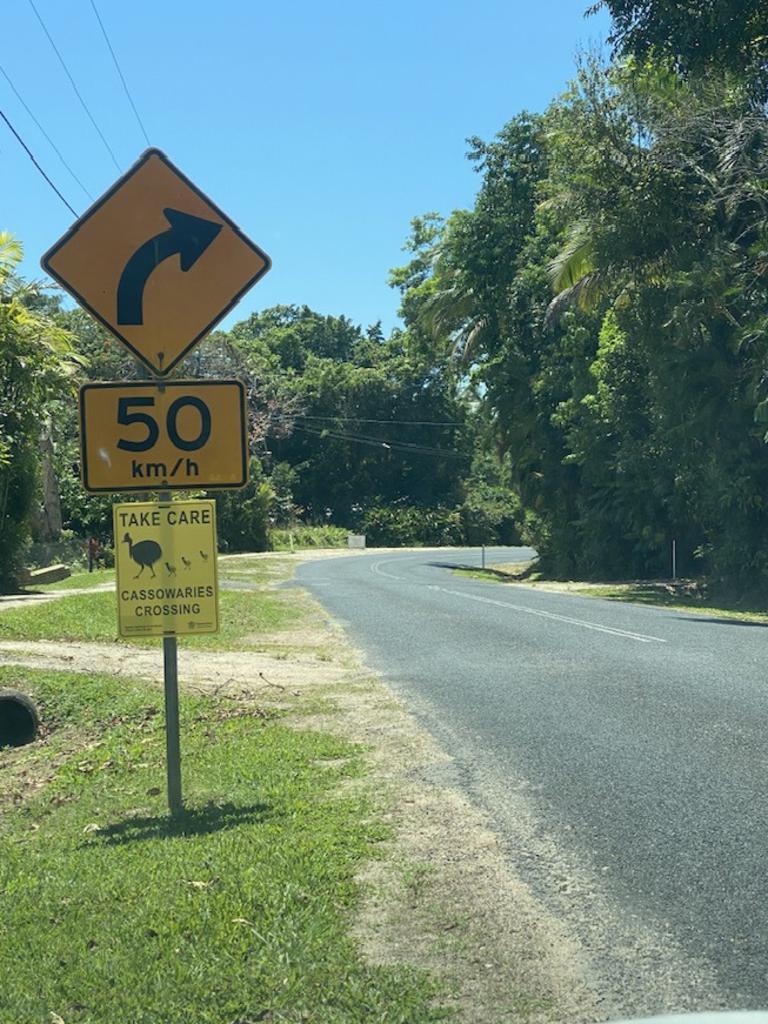New real-time tracking cameras to reduce cassowary deaths
Ordinary animal advocates, armed only with cameras, are helping to end cassowary road deaths through the development of a new real-time tracking system.
Ordinary animal advocates, armed only with cameras, are helping to end cassowary road deaths through the development of a new real-time tracking system.
The Department of Transport and Main Roads, in conjunction with researchers from University of Sydney and QUT, is trialling a new hazard detection system on Far North Queensland roads that will alert motorists in real-time when a cassowary or other large animals are crossing into traffic.
The Large Animal Activated Roadside Monitoring and Alert project has employed the help of the Mission Beach Cassowaries advocacy group who have submitted hundreds of photos of the local flock in order to train the technology.
“They needed to teach the cameras to identify cassowaries so we were able to help by providing as many photos as possible in every shape, size, angle – sharp and blurry – absolutely everything we had,” Mission Beach Cassowaries president Liz Gallie said.
“Road kill has been a huge problem with cassowaries.
“The cassowary is such an important part of the identity of Mission Beach, the community identifies very strongly with these birds.
“They are part of our lives, we are the ones that can do better.”
A spokesperson for the department said the system could be applied to all large animals, not just cassowaries.

“The project will create and assemble a roadside monitoring system developed by Australian Centre for Robotics at the University of Sydney that can detect and identify large animals on the roadside over a distance of 200-300 metres,” the spokesperson said.
“When the sensor unit can effectively identify a cassowary, Variable Messaging Signage will be activated to display a predetermined warning message to drivers.
TMR said a field trial is expected to begin along the Kennedy Highway near the Saddle Mountain Road intersection in 2024 and future implementation will depend on the impacts to road safety.
“The project will evaluate whether providing drivers with real-time alerts of large animal hazards improves road safety and reduces the risk of either vehicle-animal strikes or other vehicle incidents,” the spokesperson said.
Ms Gallie said she was looking forward to the start of the trial.
“I see this as one of the better solutions that’s come our way because of technology involved, but what we would like to see in conjunction with this is that regular crossings are clearly marked, so regularly commuters are aware.”
More Coverage
Originally published as New real-time tracking cameras to reduce cassowary deaths




